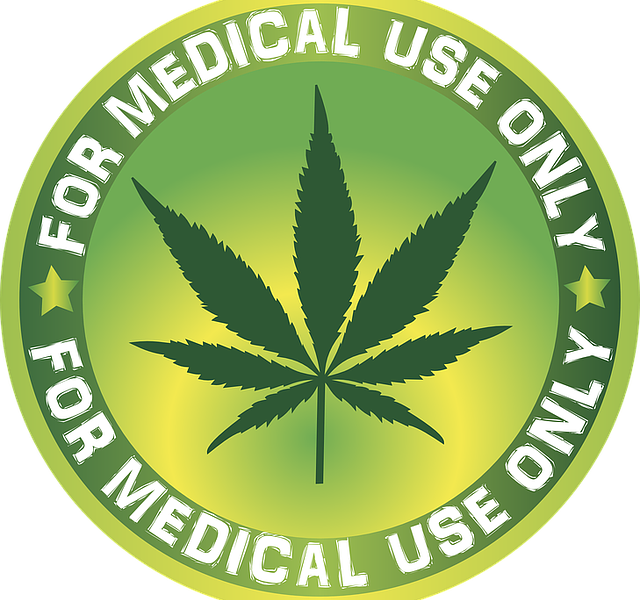The legalization of medical marijuana in Ontario and its use in public places is a sensational and confusing topic.
Business managers have lots of questions about how to handle medical marijuana at work. The rights of users of medical marijuana and the people who may be exposed to it in public places appear to be conflicting. Employers and business owners are fearful of breaching human rights as this new law doesn’t seem to consider everyone’s rights, putting the patient ahead of the general public.
Marijuana’s history as an illegal drug has made the legalization of medical marijuana very complex. People worry about exposure to marijuana smoke in public places and its effects on bystander health, safety and things like employment drug testing results. Employers worry about how to handle the risks of medical marijuana in the workplace. Though the legislation is now enacted, the government has acknowledged that there are issues that still need to be figured out and changes may be made with regards to marijuana use in public places.
It is important to acknowledge the value of medical marijuana as a treatment similar to that of many other prescription drugs. Medical marijuana is prescribed by physicians to manage health conditions like nausea, vomiting, pain or muscle spasticity when other medications do not work. It is occasionally used in emergency situations to manage acute symptoms. Over time, other indications for marijuana prescriptions will be identified. Side-effects can include cognitive impairment to the user. Marijuana is considered useful but not a first choice treatment for symptom management. Marijuana is available in many different pharmaceutical and herbal forms. Patients can ingest it orally via tablets, food, teas, or juices; inhale it via sprays, smokeless vaporizers, or burn and smoke it (like cigarettes); apply it to skin with lotions, oils, balms and creams; or, place it under the tongue as drops of concentrated tincture. Each method works a bit differently but there are many options available for patients to take marijuana. Accessing it legally is highly regulated, similar to other controlled prescription drugs.
There are many safety controls that currently exist in our health care, business management and government systems to manage the issues related to the use of controlled drugs, like medical marijuana. Many prescription and non-prescription drugs are already used in employment settings. The current intense public interest about medically prescribed marijuana demands that health professionals and business managers work together with employees to comply with workplace policies and respect employee rights.
Employers need to be aware that:
- Employees have the responsibility of notify the employer if they are taking prescription medication that may interfere with work duties. They do not necessarily have to disclose the medication name.
- Employees using medical marijuana do not have the right to be impaired at work or work unsafely.
- The legislation about public medical marijuana use indicates that business owners may override the right to use marijuana in their business settings if it conflicts with existing workplace policies and laws.
- Employers can consult physicians regarding the employee’s functional abilities if there are concerns about worker impairment that may interfere with workplace safety. Physicians are qualified to measure the benefits and risks of this drug’s use. Business managers need to communicate clearly with health professionals regarding the hazards of safety-sensitive work activities so physicians can make informed recommendations regarding the patient’s job duties and work environment.
- Employees with medical ailments have the right to accommodation at work. Accommodation decisions must consider issues related to patient, other employees and the employer needs.
- Business policies worth reviewing include workplace safety procedures related to worker impairment and exposure to marijuana by other workers, medication use in the workplace, employment drug testing, and disability accommodation. Drug and alcohol policies should include references to prescription and non-prescription drugs and the employee’s responsibility to report impairment or medical treatments that may affect their ability to work safely. The consequences of non-reporting and discipline policies should also be re-examined.
Employers need to deal with this issue with compassion and common sense with the goal of maintaining workplace management and safety best practices and employee dignity. Review and minor modifications of existing policies may be all that is required.
One can expect the marijuana laws in Ontario will change over time as problems are identified and improvements are made. In the mean while, employers can demonstrate due diligence related to medical marijuana use at work by keeping up to date regarding the legislation, regularly reviewing business policies and striving towards safe and effective work practices that respect all employees in the workplace.
